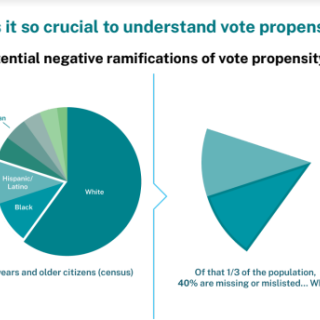Advertisement
By Laurie Oakley
In March of 2014, 19-year-old college student, Levy Thamba, jumped to his death from a Denver hotel balcony while hallucinating after ingesting six times the recommended amount of a marijuana cookie. This well-publicized incident, along with others of its kind, led to the new rules that are now being put into place by Colorado's marijuana industry. Marijuana edibles, which make up 45 percent of Colorado's cannabis market, will now be manufactured in individual dose sizes and are only available in child-proof packaging with warning labels attached. The industry describes Colorado's negative experiences with edibles as “growing pains” that have been learned from and quickly responded to.
A much less publicized incident in 2005 involved a different drug that caused the death of a 14-year-old who was also hallucinating when he jumped from a ninth floor balcony. This individual was under the care of a physician and had taken the prescription medication, Tamiflu. Like Levy Thamba, he had no history of mental illness. By the end of that year, 12 Japanese children had reportedly died while taking Tamiflu, with others experiencing hallucinations, encephalitis and other symptoms. The FDA decided to issue a warning about the drug's potential to produce skin rashes, but held off alerting the public about the potentially deadly psychiatric side effects. More than 100 new cases of abnormal psychiatric behavior, delirium and hallucinations were reported in connection to Tamiflu by the time the FDA did finally add the warning in November of 2006.*
In the wake of Levy Thamba's death, many pro-cannabis activists expressed doubt that marijuana could have been to blame for the bizarre incident. Because so many cannabis user's experiences are positive, many who benefit from the drug tend to believe marijuana is across-the-board safe. However, as with pharmaceuticals, each individual will metabolize a medicine differently. It is simply unwise to say that any drug is completely safe for all people. When a person experiences an adverse event, no matter how rare, it must be taken into account. At a time when we are finding questionable scientific studies that only show what drug manufacturers want them to show, it would be wise to pay attention to what is happening before our eyes. Adverse effects do occur in some cannabis users. The new industry would do well to guard against unintentionally replicating the recklessness that the corrupt drug companies continue to earn their reputations for.
If you have experienced an adverse reaction to cannabis or any other medicine, there is a free, independent drug safety website at RxISK.org where patients as well as doctors can search to find out what effects individuals have experienced while taking a medicine. One can also make a confidential report of their drug's side effects. The information is useful for other patients and their doctors and can be easily forwarded to governmental regulatory agencies. The database contains information about side effects from 5.5 million reports submitted to the FDA, Health Canada, as well as RxISK.
As the pharmaceutical industry continues to leverage scientific research to maximize profits while disregarding the adverse effects for some people, we can choose to play it safe, take into account and report our adverse effects, and have each others' backs.
*One's chances of dying from the flu are said to be far greater than the chances of dying after taking the prescription drug Tamiflu. Still, the drug maker Hoffman-La Roche's own scientific data had suggested the drug was not really that effective, and it also indicated Tamiflu could have serious psychiatric side-effects in some individuals. Despite this evidence, the company promoted Tamiflu as safe and effective.
Laurie Oakley is the author of the forthcoming book, CRAZY AND IT WAS—Surviving the Corporate Pharmaceutical Corruption of Western Medicine. You can find her on Twitter, or visit her website at www.laurieoaklely.com. She lives in Cincinnati, Ohio.



